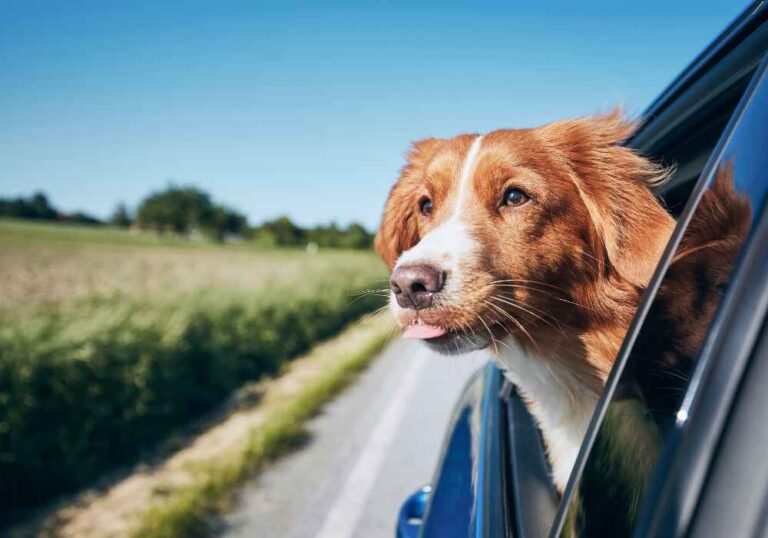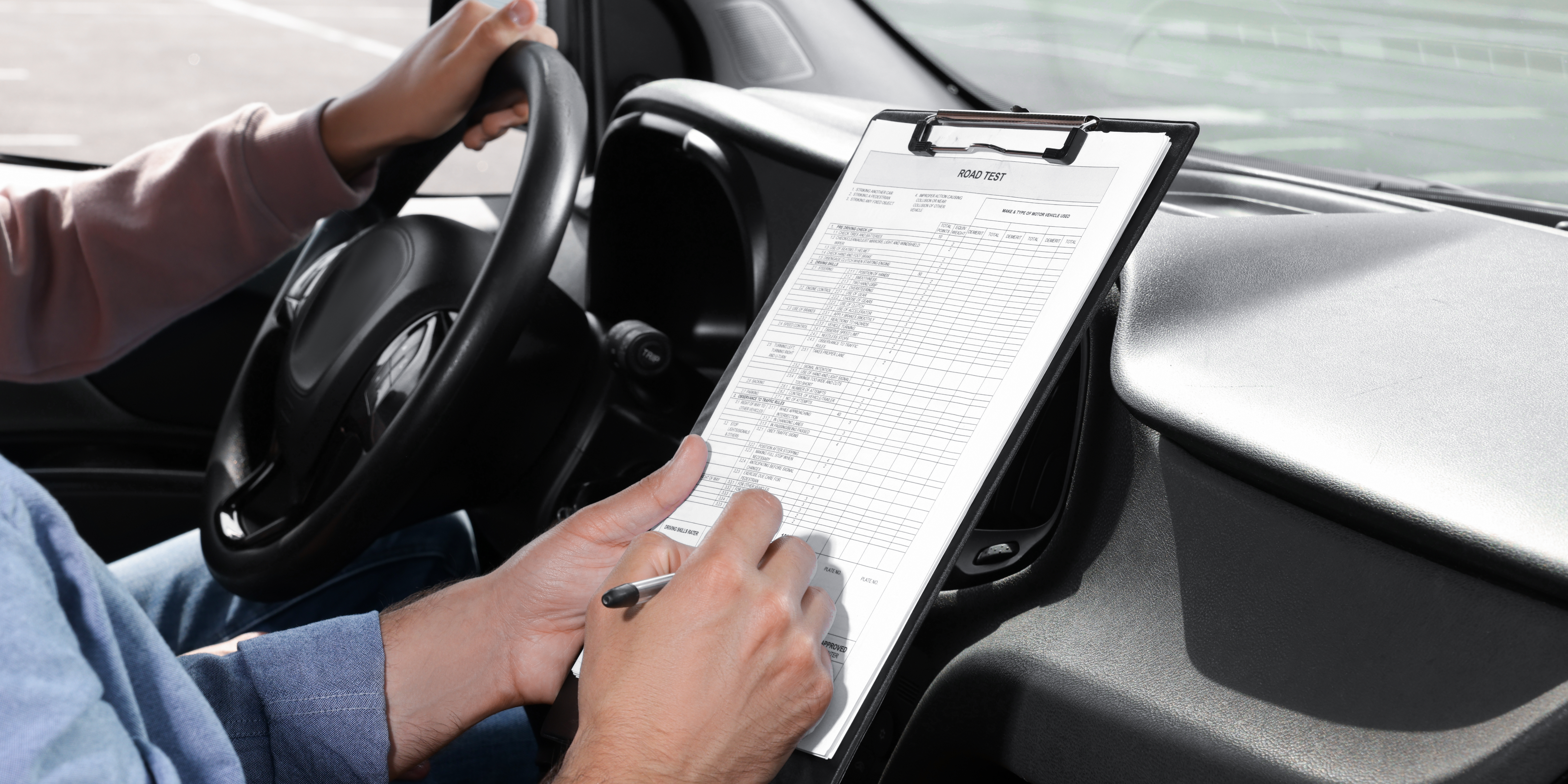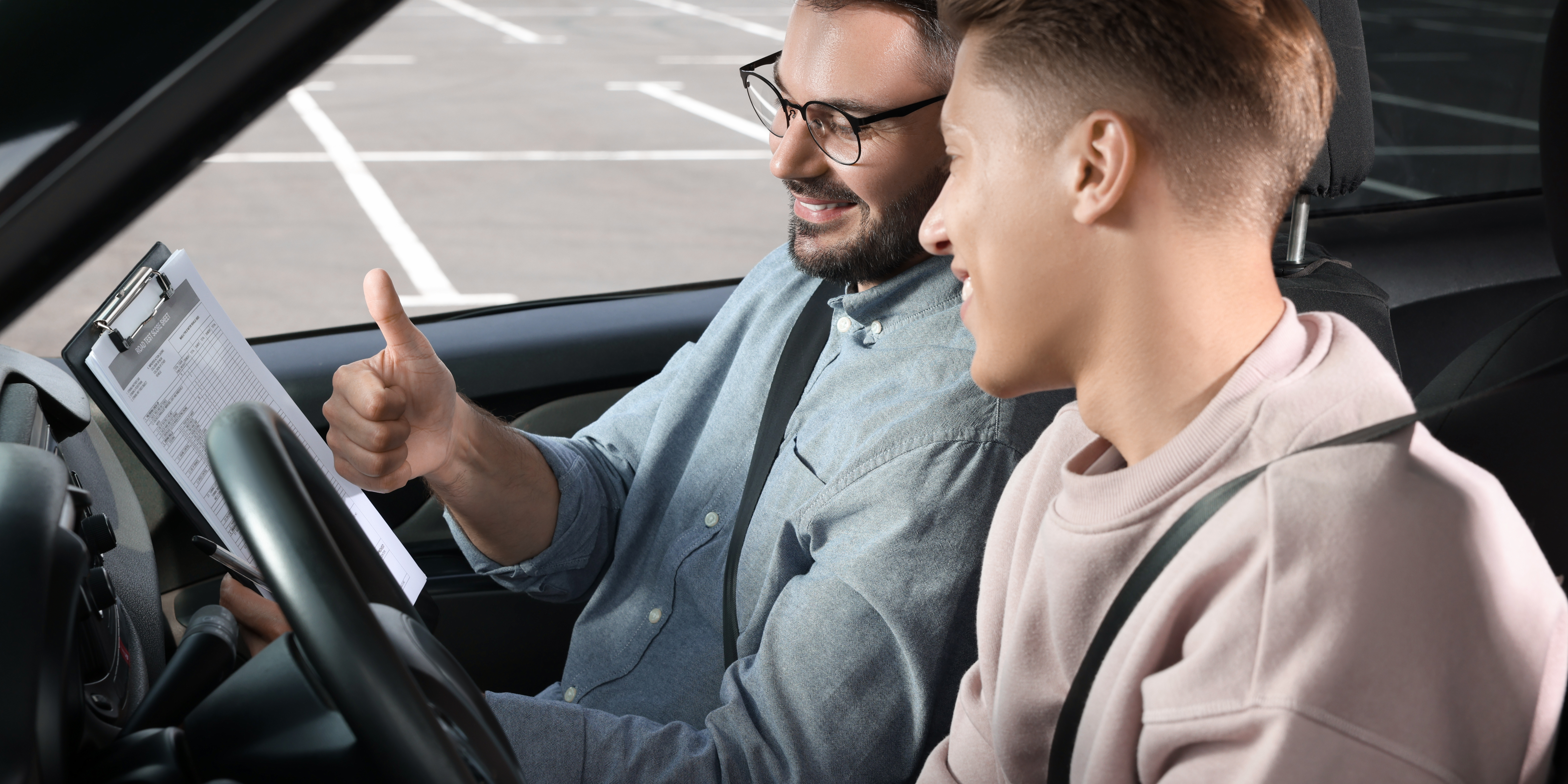Taking your furry friends on the road can be a delightful experience, but it requires careful planning and consideration to ensure their safety and comfort. Whether you’re heading out for a short trip to the vet or embarking on a long road trip, here are some essential tips to make driving with pets a pleasant experience for everyone involved.
1. Prepare Your Pet for the Journey
Before you hit the road, it’s important to prepare your pet for the journey ahead. Just like humans, pets can experience anxiety during travel, especially if they’re not used to it.
Gradual Introductions
- Short Trips: Start with short drives to help your pet acclimate to being in the car. Gradually increase the duration of these trips to build their confidence.
- Positive Reinforcement: Reward your pet with treats and praise after each successful ride. This helps them associate car travel with positive experiences.
Health Check
- Veterinary Visit: Before long trips, take your pet to the vet for a check-up. Ensure vaccinations are up to date, and discuss any travel-related health concerns.
- Medication: If your pet suffers from anxiety or motion sickness, ask your vet about appropriate medications or natural remedies.
2. Use Proper Restraints
Safety should always be a priority when traveling with pets. Just as you buckle up for safety, your pet should be secured in the vehicle to prevent distractions and injuries.
Pet Seat Belts and Harnesses
- Pet Seat Belts: Invest in a high-quality pet seat belt or harness designed for car travel. These can keep your pet safe in the event of sudden stops or accidents.
- Pet Carriers: For smaller pets, consider using a well-ventilated carrier. Ensure it’s secure in the car and has enough room for your pet to move comfortably.
Avoiding Distractions
- Back Seat: It’s best to keep pets in the back seat, as this reduces distractions for the driver and minimizes the risk of injury from airbags.
- Avoid Free Roaming: Allowing pets to roam freely can lead to dangerous distractions. Make sure they are secure before driving.
3. Pack Essentials for the Trip
Just like you would pack essentials for yourself, make sure to bring everything your pet might need during the journey.
Food and Water
- Travel Bowls: Use spill-proof travel bowls for food and water. This allows your pet to stay hydrated without creating a mess in your vehicle.
- Regular Breaks: Plan to take breaks every couple of hours to let your pet stretch their legs, relieve themselves, and hydrate.
Comfort Items
- Familiar Blanket or Toy: Bring along your pet’s favorite blanket or toy to help them feel secure and comfortable in the car.
- Bed or Mat: If your pet usually rests in a specific place at home, consider bringing their bed or a familiar mat for comfort during the journey.
4. Plan for Stops Along the Way
Long drives can be tiring for both you and your pet, so it’s important to plan for regular breaks.
Scheduled Breaks
- Rest Stops: Plan to stop every 2-3 hours to give your pet a chance to stretch, relieve themselves, and get some fresh air.
- Pet-Friendly Areas: Look for rest areas or parks along your route that are pet-friendly, allowing your furry friend to explore a bit.
Exercise and Exploration
- Short Walks: Take your pet for a short walk during breaks. This helps expend energy and prevents restlessness in the car.
- Sniffing Around: Allow them some time to sniff and explore—this can be mentally stimulating and enjoyable for them.
5. Keep Your Pet Cool and Comfortable
Temperature control is crucial when traveling with pets, as they can quickly become overheated in a vehicle.
Air Conditioning
- Cool Environment: Always ensure your vehicle is well-ventilated. If it’s a hot day, keep the air conditioning on to maintain a comfortable temperature for your pet.
- Windows: Avoid rolling down the windows too far, as pets can jump out or be at risk of injury from debris.
Hydration
- Stay Hydrated: Offer water frequently, especially during hot weather. Make sure your pet has access to fresh water at all times.
6. Never Leave Pets Alone in the Car
Leaving pets unattended in a vehicle can be incredibly dangerous, even for a short period.
Risks of Leaving Pets Alone
- Heat Stroke: Even on mild days, temperatures inside a parked car can rise quickly, leading to heatstroke or even death.
- Theft and Escape: Pets left alone can also be stolen or escape, leading to panic and distress.
Alternatives
- Pet-Friendly Locations: If you need to run errands, try to find pet-friendly locations where you can bring your pet inside or consider taking them along with you.
7. Know Your Destination’s Pet Policies
Before you embark on your journey, familiarize yourself with the pet policies of your destination.
Research Pet-Friendly Accommodations
- Hotels and Rentals: Look for pet-friendly hotels or vacation rentals that welcome animals. Always check their specific policies regarding pet size, fees, and any restrictions.
- Local Attractions: Research pet-friendly parks, restaurants, and attractions at your destination, ensuring your pet can enjoy the trip too.
8. Practice Good Driving Habits
Driving with pets requires additional caution and focus. Keeping a few driving tips in mind can enhance safety.
Stay Focused
- Limit Distractions: Avoid engaging with your pet while driving. Instead, wait until you’re safely stopped to give them attention or snacks.
- Avoid Sudden Movements: Drive smoothly and anticipate stops and turns to minimize jolting, which can upset pets.
Be Aware of Your Surroundings
- Watch for Pet Signs: Be on the lookout for pet-friendly signs and areas while on the road. This can help you plan appropriate stops for your pet.
9. Consider Your Pet’s Comfort and Health
Every pet has different needs and comfort levels. Understanding your pet’s behavior can help make the trip more enjoyable.
Individual Needs
- Temperament: Consider your pet’s personality. Some pets may thrive on travel and adventure, while others may feel anxious or scared.
- Senior Pets: If traveling with senior pets, keep their comfort in mind. They may need extra support, such as a comfortable place to lie down or frequent breaks.
Monitor Health During Travel
- Watch for Signs of Stress: Pay attention to your pet’s behavior. Signs of stress can include panting, whining, or excessive drooling. If your pet appears uncomfortable, take a break to address their needs.
Conclusion
Driving with pets can be a rewarding experience when done safely and thoughtfully. By preparing adequately, securing your pet, and prioritizing their comfort and health, you can ensure a pleasant journey for both you and your furry friend. With a little planning, your next adventure can be filled with joy, exploration, and the companionship of your beloved pet. Safe travels!
Click here to view our different packages or click here to book your road test.
Lastly, our services are extended to Toronto, North York, Etobicoke, Scarborough, Vaughan and Brampton.



